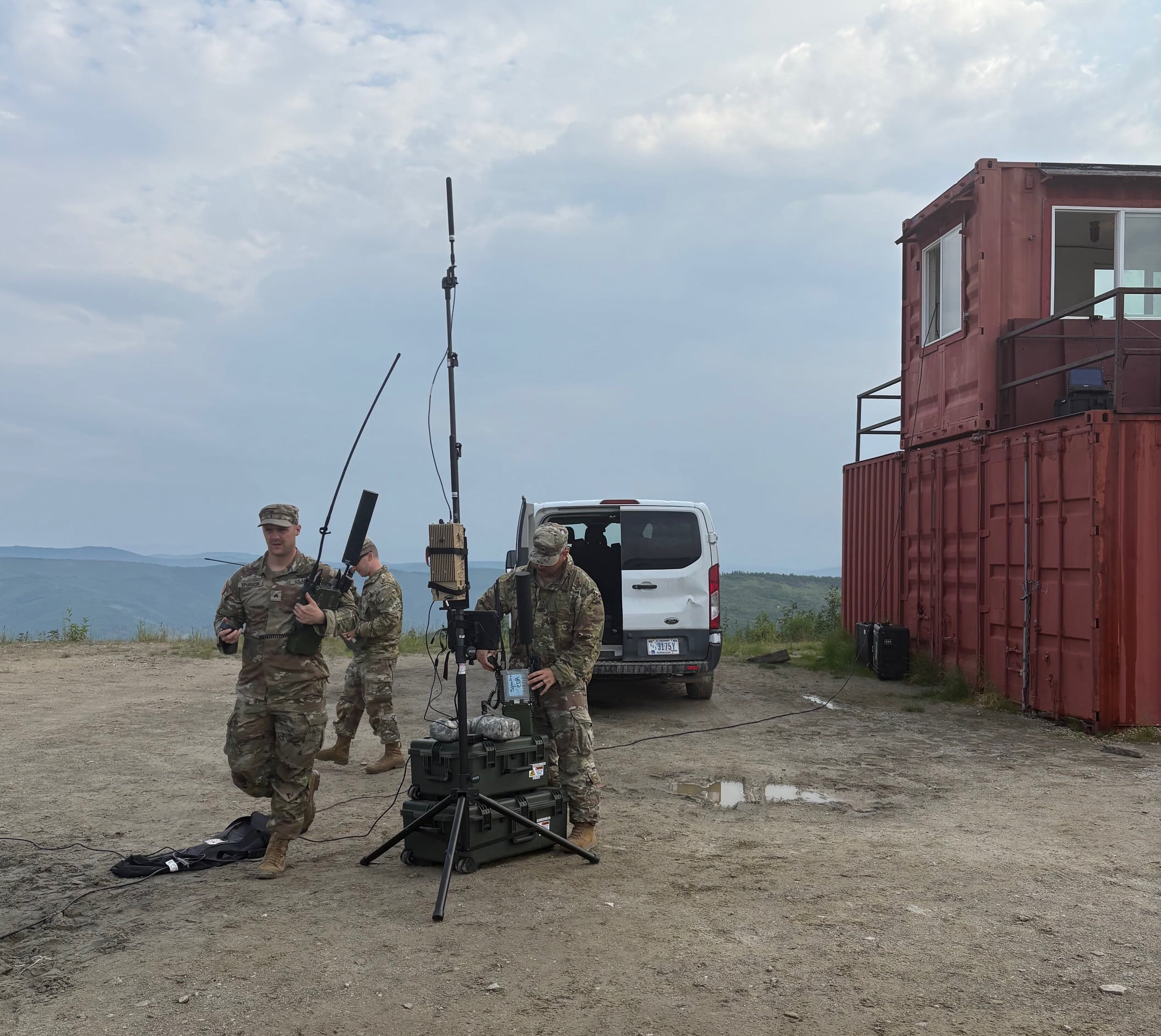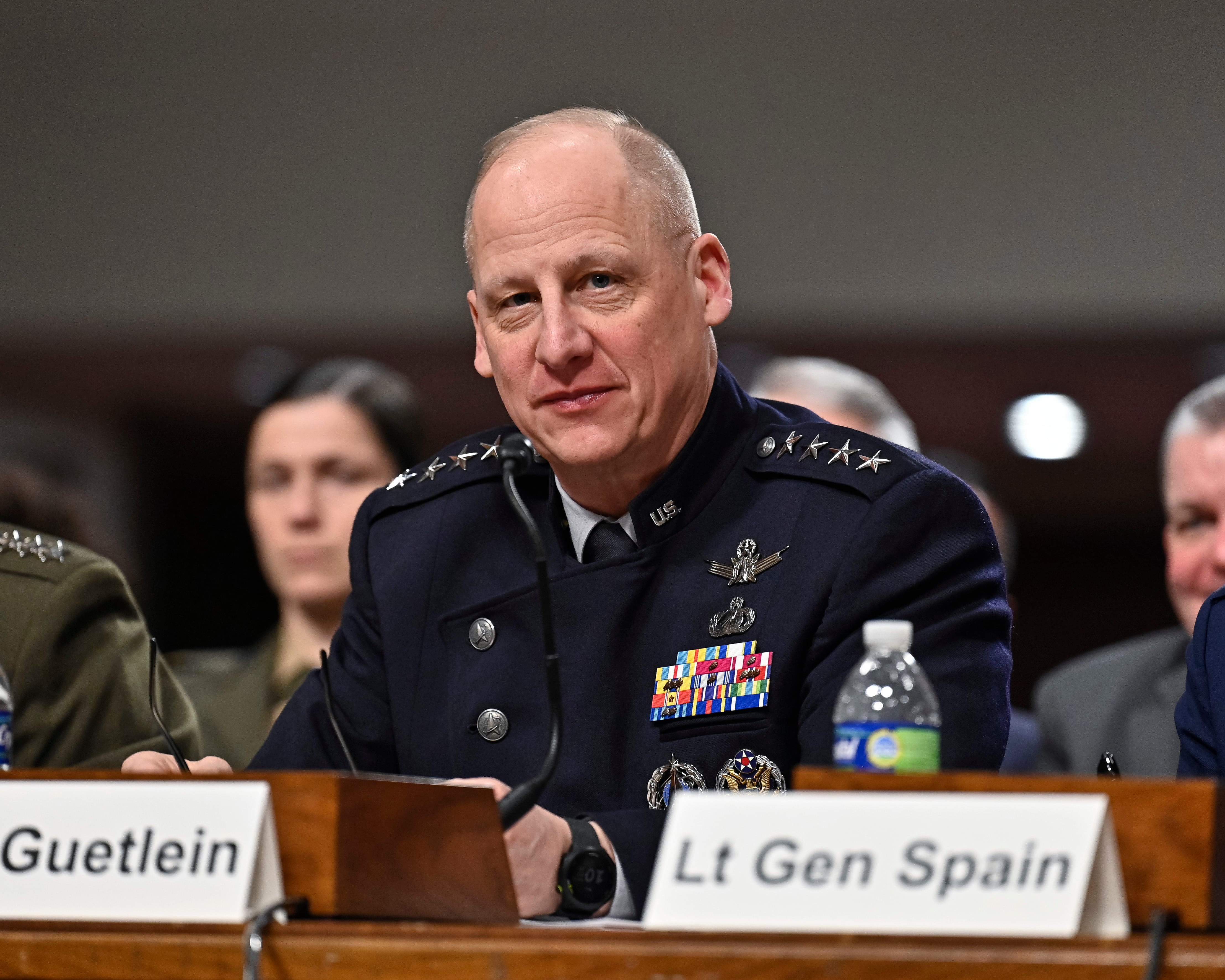Each issue or update brings new accounts of successful cyberattacks and the resulting system compromises that plague the connected world. Each day multiple reports are released about new releases of malware and other cyber threats. Each week, month and quarter more reports are issued about the growing threats in cyberspace. With this much coverage, it is very easy to become overwhelmed with the ever present threat of cyberattacks.
INTEL: In 2015 Symantec discovered over 430 million new unique pieces of malware (up 36% from 2014) in via its Global Intelligence Network that is made up of more than 63.8 million attack sensors.
It is becoming increasingly easy to develop fatigued at the thought of all the cybersecurity threats we face day in and day out. That is why some individuals (including cyber professionals) have become overwhelmed and have accepted the notion that a successful cyberattack is inevitable so why fight it?
Recent analysis identified a variance on this growing issue. ICIT reported that chief information security officers CISO experience what they termed "solution fatigue." With a fixed budget and continuous influx of new solutions occurring nearly daily, cybersecurity leaders often find themselves in a continuous solution evaluation loop. As one cybersecurity executive put it, "All the products are just one release away from greatness and after that next release they will still be one release away from greatness."
Given the rapidly changing cyber threat environment and the dramatically increasing number of connected devices, the issue of cyber threat fatigue will likely only grow more severe and consequential. The military and intelligence community are on the frontline of the changing cyber threat environment 24/7/365. It is unknown if the military and intelligence communities have recognized this issue and have or are putting in place measures to counteract this issue. It would be highly advisable for the military, intelligence community, government organizations and the private-sector work collaboratively and address this problem now before cyber threat fatigue results in severe consequences.








